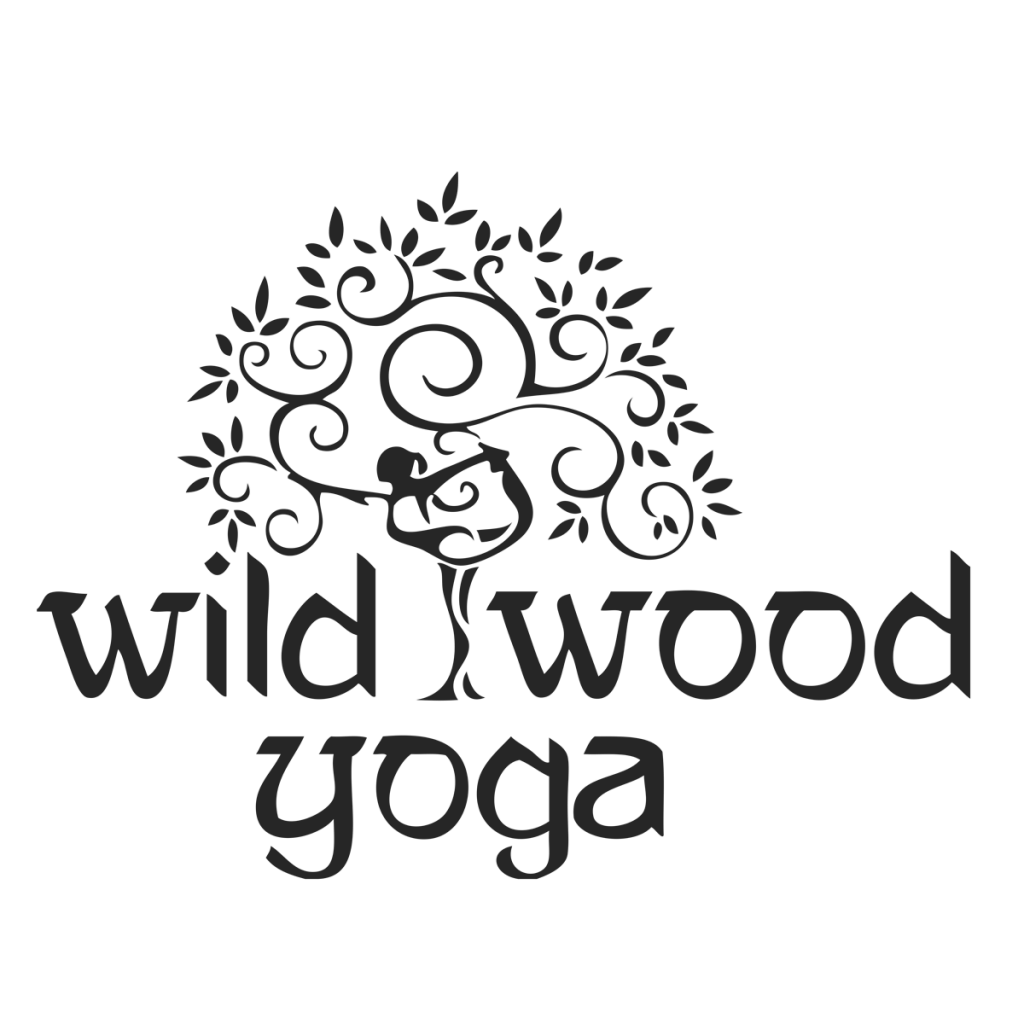Iyengar Yoga is a method of yoga developed by and named after B.K.S Iyengar in the 1960s. Iyengar Yoga is a very meticulous style of yoga, placing the emphasis on precision and alignment. The practice is all about the details of your posture (asana) and breath control (pranayama) and is excellent for building strength and flexibility. Iyengar yoga is great for learning the subtleties of correct alignment for all ages and abilities.
Who is B.K.S Iyengar?
Born on December 14, 1918, in Bellur, India, Yogacharya Sri B.K.S Iyengar studied and practised yoga continuously for over 85 years. B.K.S Iyengar began his study of yoga at a young age with his guru, T. Krishnamacharya (who’s often referred to as ‘The Father of Modern Yoga’).
B.K.S Iyengar brought yoga to the west in the 70s and his book Light on Yoga has been the source book for generations of yoga students all over the world. He taught for over 75 years in all five continents, making yoga accessible and relevant to people everywhere. He invented many of the yoga props that we use today and explored the benefits of yoga as treatment for a range of serious medical conditions.
This world-renowned yoga teacher (many would say the world’s greatest yoga teacher) died at the age of 95 on August 20, 2014.

What makes Iyengar yoga different?
Iyengar yoga is for anyone and everyone. It’s the world’s most widely practised method of yoga. Iyengar yoga teachers are well qualified and experienced in helping each student to find their own level in each pose. Props are useful here to make each pose accessible to all.
Because Iyengar yoga focuses on postural alignment, you may discover that it is particular good for postural and structural problems. And the fact that you have to give all of your attention to the precise details of each pose requires effort and concentration which can relieve stress and anxiety. Iyengar yoga is all about quality of movement rather than quantity, to encourage safety throughout your practice.
Even though you might feel that an Iyengar class moves at a slower pace than other types of yoga class, you’ll find you have to work hard. It may be methodical but it is far from an easy option!
Why do you use so many props in an Iyengar yoga class?
An Iyengar studio will always stock a wide array of yoga props — blocks, blankets, straps, chairs and bolsters – in order to help each student find the proper alignment in a pose. Props help students hold poses in alignment even when they’re new to them, have a chronic condition, are injured or simply stiff. If you’re wanting to purchase your own props including: blocks, straps, blankets, bricks and more do so at class from the Wildwood yoga mini market.
Props will always be available in an Iyengar yoga class but will not always be necessary. They are not there to complicate the practice but to simplify it and make it accessible to all. In a beginners’ class, it is always good to be guided by the teacher when it comes to props. An experienced teacher is able to advise each individual about how and when to use props.
What should I expect from an Iyengar yoga class?
In an Iyengar yoga class, the way in which postures are taught is the same worldwide. Each teacher will select a series of postures for a specific class for a specific reason, but each posture will be exactly the same in essence, whoever the teacher and wherever in the world you are. That means you can walk into any Iyengar class and fit in immediately.
A Beginners’ Iyengar yoga class will focus on standing postures so that you can learn the fundamentals of how to adjust and align the body correctly. Standing poses form the foundation before moving on to more advanced postures and need to be studied continuously, even when you’ve mastered the most advanced poses.
Iyengar teachers all undergo a comprehensive training to ensure that you get the knowledgeable instruction that you need. A fully qualified Iyengar teacher will always hold a current Iyengar Yoga Certification Mark.
You can therefore expect an Iyengar yoga class to include an excellence of technique and sequencing, moving through a safe, methodical progression of yoga postures. The well-qualified teacher will provide a clear demonstration and explanation and individual correction and adjustment when necessary.

